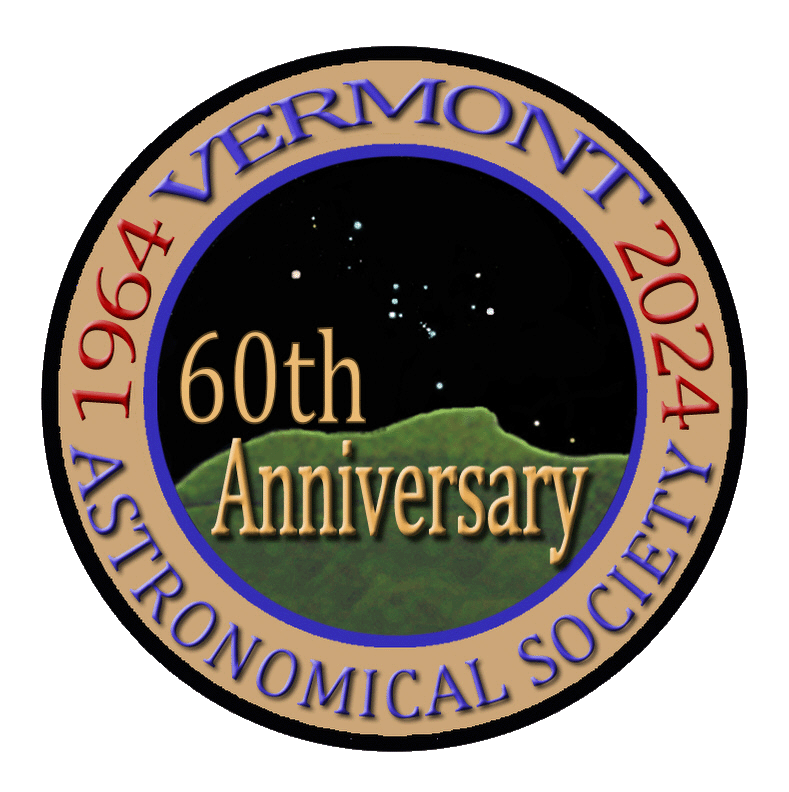I viewed the Trapezium and Rigel to see how the seeing was. The seeing was fairly good so I decided to take pictures of some double and multiple stars. I started with Rigel, moved up to the Trapezium in the core of M42 (the Great Orion Nebula), then up to the Sigma Orionis. As an added bonus had recently read about the open cluster NGC2169, known as the 37 cluster and decided to find that and image it.
Taken with a Canon T7i DSLR (24Mp, APS-C sensor) on a 10" f/5.6 at prime focus ( 0.5 arc second / pixel).
M42-Trapezium
2021-02-08
0.33sec X 15 iso1600 in haze(cropped to 224x equivalent visual magnification)
The Trapezium is the tight group of 4 stars right of center. They are 5.4 mag. (designed C), 6.3 (D), 6.8 (A) and dimmest (B) is an eclipsing binary that ranges from 6.7 to 7.0 mag. The 2 faint stars in the Trapezium are 11the mag. and 4.5" from the their bright neighbors. The 11th mag. star next to A is easier to see than the one next to D. Both take good seeing even in a 10" scope. This is the best image I have gotten of them to date.
Fabulous shot Paul! I've been wanting to do this, but with so little clear sky when I do get to image I image some of the other things on my list. So .33S at ISO1600, WOW, that is a low exposure. Thanks for sharing.. I've gotten the 4 stars before, but the companions are the challenge and you captured, I think E and F well. Next you need to capture G and H (smile).
Terri
Thanks, yes, the 2 faint stars are the E and F stars. I don't ever expect to see the atmosphere steady enough around here to ever be able to image G and H. The challenge of course is the faint stars require longer exposures but it the too long the bright stars get bloated and cover the faint ones up. Also as I you know, bad seeing makes the bright stars look bigger while blurring the dim ones into invisibility.
Sigma Oriion (Multiple Star system, with components A, B, C, D and E. This has become one of my favorite visual targets. B is too close to A to resolve in the image.
2021-02-08
10inF/5.6, Canon T7i camera, prime focus, 0.33sec X 7, iso1600(cropped to 186x equivalent visual magnification)
The brightest star is Sigma, 3.75 mag, is a tight double with a 4.2 mag primary (star A) and a 5.1 mag star only 0.25" away (star B), the 3 stars close to it are part of this multi-star system.
Left to right, is E (6.65 mag), D (6.62 mag) and C (9 mag). C is 11" from A, D (itself a close double) about 13" from A and D 42" from A
The stars to the upper right add very nicely to the view though they are not associated with Sigma or each other. The 2 closest stars are 8.3" apart.
I see you got through the image attach roadblock.
Nice image of Orion.
NGC2169 (37 cluster)
2021-02-08
10in F/5.6, Canon T7i camera , prime focus, 30sec X 9, @ iso1600 (cropped to 56x equivalent visual magnification).
Also notice the "J" to the lower left. It will be interesting to see how noticeable it is in a telescope. Probably best viewed with an 8" or larger scope as most of stars forming the "J" are 11.5 mag down to 13.3 mag. The 2 brightest star in the "J" are 10th mag. The faintest stars in this image are 17th mag.
I had read about it before but this is the first time that it was recent enough for me to think to find and seek it out. It's actually fairly easy to find if you sky is not too light polluted and the Moon is out of view. It is about halfway between Betelgeuse and the feet of the left-hand Gemini twin. It forms a wide equilateral triangle with two 4.5 magnitude stars. All 3 are readily visible in any finder scope.
Rigel (0 mag.) and 7th mag. companion 10 arc sec away.
2021-02-08
10in F/5.6, Canon T7i camera, prime focus, 0.33sec X 10 @ iso200 (cropped to 224x equivalent visual magnification)
I didn't realize Rigel had a readily seen companion (using 10" scope) until I read an observing article in the February Astronomy magazine. They are quite the treat with a tiny 7th magnitude star ~10" away from 0 mag Rigel, far enough away to be readily seen in the 10" scope even in less than ideal conditions.
M42 and Trapezium (4 close together stars in the core) 2021-02-08
60sec X 4 @ iso400 in haze. Slightly cropped. Processed to show detail in the core.
Taken with a Canon T7i DSLR (24Mp, APS-C sensor) on a 10" f/5.6 at prime focus ( 0.5 arc second / pixel).
This is a really great image. Thanks for putting this up!

